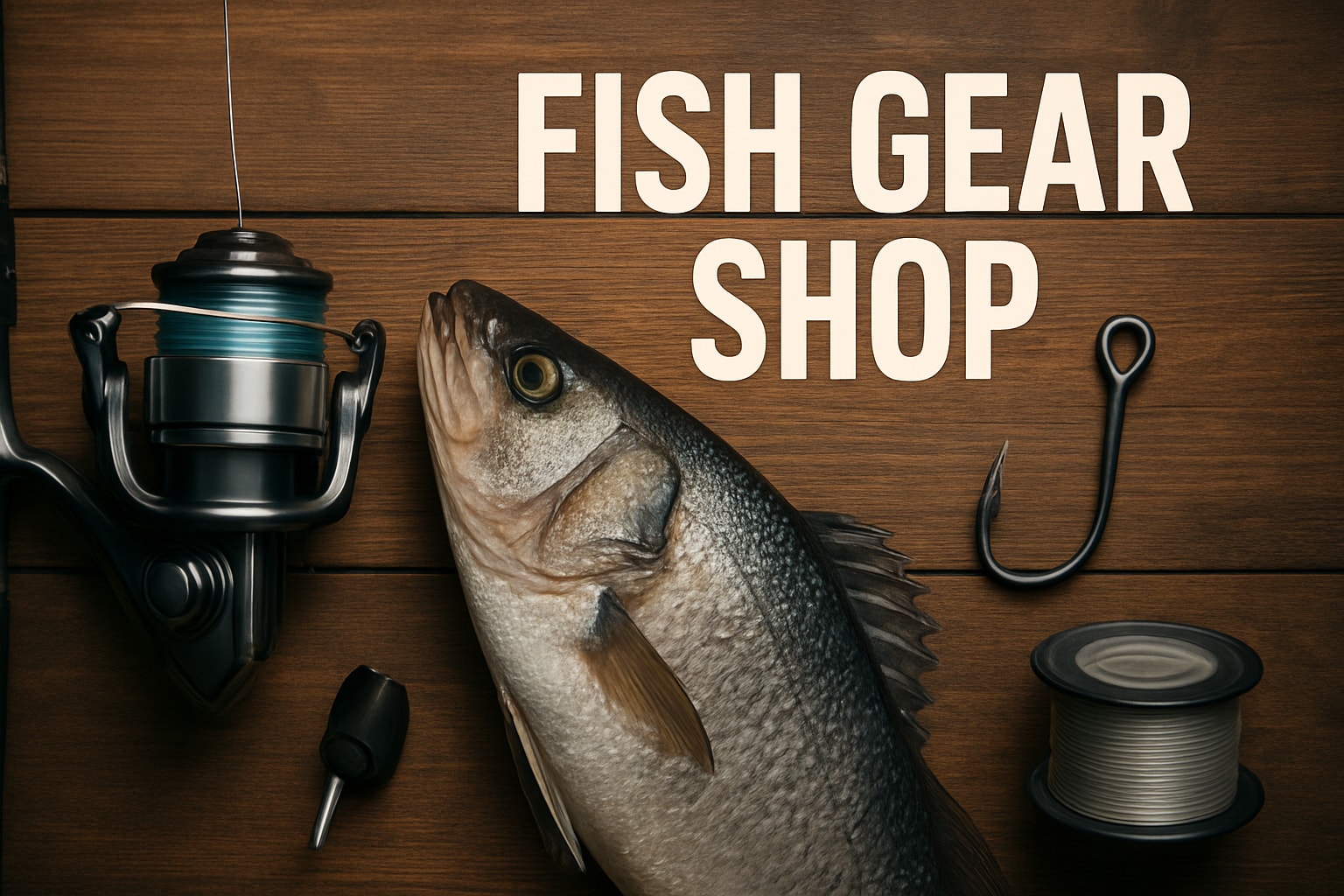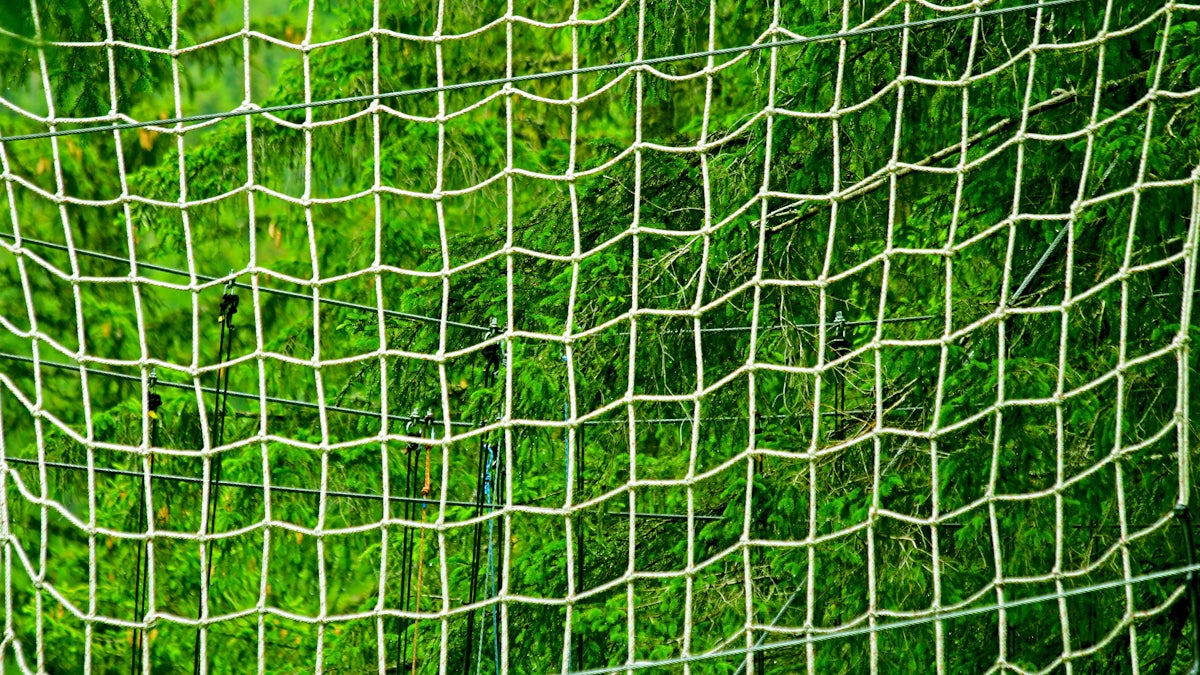Marine Navigation Boat Electronics for Small Vessels
This collection is empty
Recently viewed
Blog posts
View all
Fish Gear Shop Guide Expert Tips and Insights for 2026
Elevate your fishing game with essential strategies from the Fish Gear Shop Guide Expert Tips and Insights for 2026. Learn how to choose the right shop, what to look for in gear trends, and how sustainability impacts your equipment choices. Ready to enhance your fishing adventures?

The Ultimate Guide to Choosing and Utilizing Net Mending Twine Green for Effective Repairs
As all experienced anglers know, a reliable fishing net is indispensable. However, even the sturdiest nets will occasionally suffer wear and tear. ...

